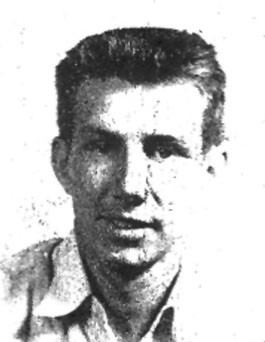Name Ralph Anderson | ||
 | ||
Died October 24, 2010, Seattle, Washington, United States | ||
Pacific northwest architect ralph anderson interview
Ralph D. Anderson (October 21, 1924 – October 24, 2010) was an architect, based in Seattle, Washington, United States. He was a founder of Ralph Anderson and Partners, later Anderson Koch Smith. Although much of his work is modernist, he is also strongly associated with preservationism. In that latter respect, he was an early and important contributor (including as an investor) in the restoration of Seattle's Pioneer Square neighborhood and also participated in restoration projects along First Avenue in the Pike Place Market Historical District in the 1970s.
Contents
- Pacific northwest architect ralph anderson interview
- Ralph anderson home 3005 69th ave se mercer island wa 98040
- Early career
- Pike Market neighborhood
- Rehabilitation
- Colleagues
- Restoration and rehabilitation
- New buildings
- References

Ralph anderson home 3005 69th ave se mercer island wa 98040
Early career
Anderson graduated from the University of Washington Architecture School in his native Seattle in 1951 and received his Washington State architectural license in 1954. He worked several years for architect Paul H. Kirk before opening his own practice. His early work, including his own first home at Hidden Lake, constituted what he later called his "modernist glass-box phase". Having discovered how difficult it was to heat such a house he moved on to what he called a "Northwest design style. "I tried to use a lot of wood, and I tried to work with the contours, textures and vegetation of the Northwest, the wooded environment. Quite often I would have big, hovering roofs that would open up to the view." The style was also characterized by "broad windows", "exposed framing", "an emphasis on verticality" and often "a formal T-shape plan." Many of these houses were set to take advantage of views of water or mountains. He styled himself "the poor man's Roland Terry."
After about a decade of building houses mainly in Seattle's eastside suburbs Mercer Island and Bellevue, Anderson opened an office at 108 S. Jackson in Pioneer Square, then known as Skid Road. It was a derelict neighborhood, and there was little concern for the mostly turn-of-the century buildings: people bought and sold land considering the old buildings relatively incidental. Along with Richard White, later of Foster/White Gallery, Anderson was among the first to see the possibilities of the neighborhood. He mortgaged his house to buy the Union Trust Building from Sam Israel and moved his office there. It may be the only building Israel ever sold. His renovation of the Union Trust Building and later of the Grand Central Hotel buildings contributed flagship buildings to what is once again a vibrant district.
Pike-Market neighborhood
The breadth of Anderson's work can be seen in the Pike-Market neighborhood. Within the Pike Place Market Historical District he was involved in the joint remodel of the historic Smith Block, Butterworth Building, and Alaska Trade Building and the nearby Fairmount Hotel in 1977. Four years later, he was one of the architects of Marketplace North, the modernist "stepped wedge" immediately north of the Historical District north between Western and First Avenues, north of Virginia Street. Among the tenants of the remodeled Smith / Butterworth / Alaska Trade buildings is the Seattle chapter of the American Institute of Architects.
Rehabilitation
Anderson has rehabilitated numerous old Seattle buildings besides those mentioned above, including the 1977 remodel of the American Can Company Building into the Seattle International Trade Center. Restoration projects elsewhere in the state around that same time included the Fort Worden Commander House in Port Townsend) and the Company Store in Port Gamble.
Colleagues
Among the prominent Seattle architects who worked for Anderson at some point in their careers are George Suyama, David Fukui, Jim Olson, Jerry Stickney, Ron Murphy and Gordon Walker. T. William Booth and Robert Koch joined Anderson's partnership in 1980, and Glen Duarte in 1985.
